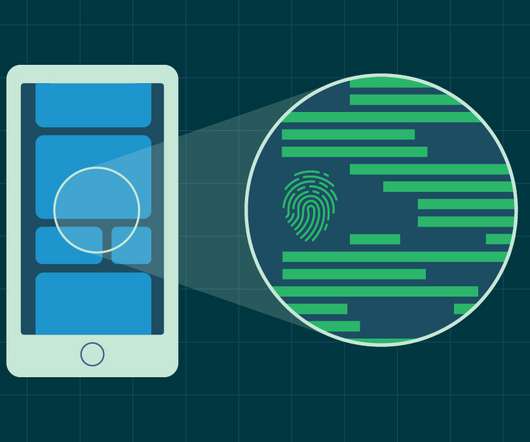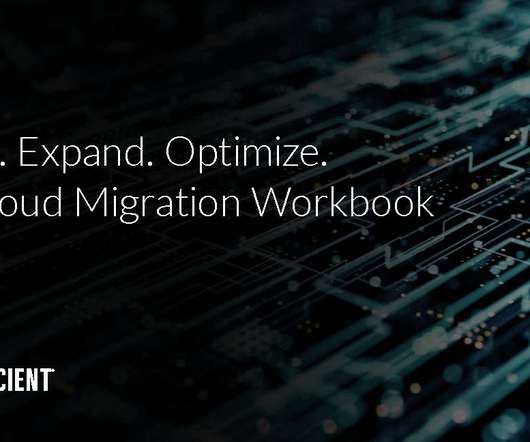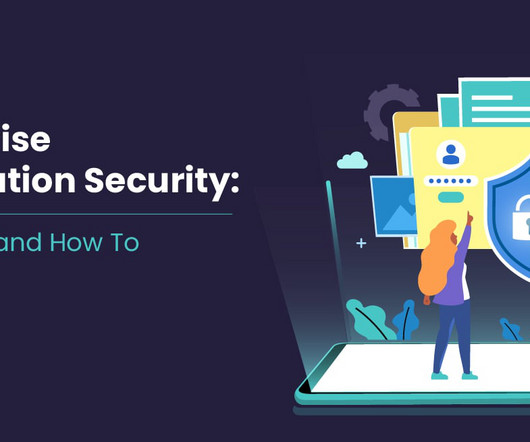When least privilege is the most important thing
CIO
NOVEMBER 2, 2023
Organizations that follow the principle of least privilege can improve their security posture by significantly reducing their attack surface and risk of malware spread. PoLP is also a fundamental pillar of zero trust network access (ZTNA) 2.0. Within a ZTNA 2.0 Within a ZTNA 2.0 The principle of least privilege within ZTNA 2.0




















Let's personalize your content